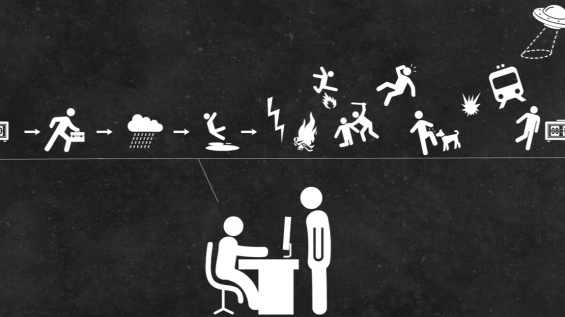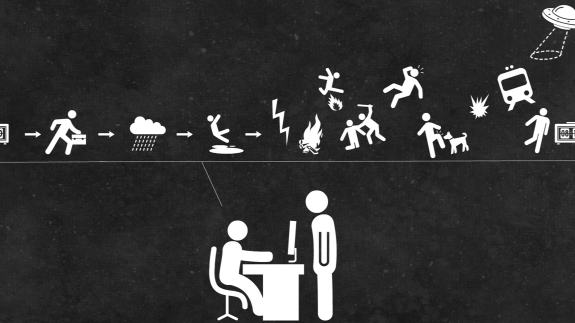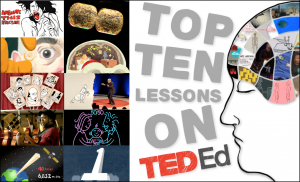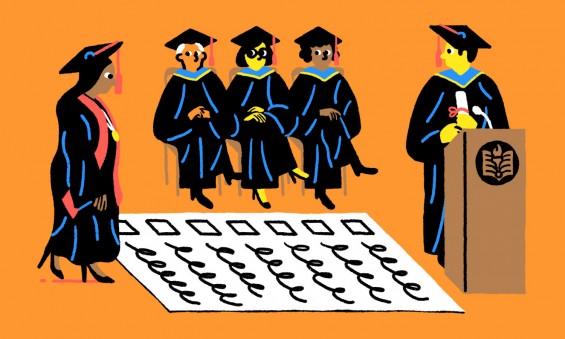
5 TED-Ed Lessons by TED2016 speakers
Curiosity is the ultimate discovery tool. It can lead us to dream about the future, or question the world around us, or discover new ideas worth spreading. Ready to sharpen your curiosity this week? Watch the 5 TED-Ed Lessons below — all created in collaboration with TED2016 speakers.
1. How simple ideas lead to scientific discoveries
One day, Eratosthenes, a librarian of the Library of Alexandria, received a letter from someone who noticed that when he looked down a well at noon on the solstice, the sun was directly overhead. This simple observation, paired with impressive geometry, helped Eratosthenes calculate the diameter of the earth within 1 percent. Adam Savage, co-host of the Discovery Channel’s Mythbusters, shares how seemingly insignificant insights led to great discoveries, such as the speed of light and the movement of subatomic particles. Watch this TED-Ed Lesson below.
2. A brief history of plural words
1 goose, 2 geese. 1 book, 2 beek? A thousand years ago, the latter would be correct as well. Today, making a word plural isn’t always as simple as adding an “s” to the end. To find out how English plurals got so irregular, John McWhorter tracks how the Viking invasion shaped the way we speak today. Watch this TED-Ed Lesson below.
3. Are Elvish, Klingon, Dothraki and Na’vi real languages?
What do Game of Thrones’ Dothraki, Avatar’s Na’vi, Star Trek’s Klingon and LOTR’s Elvish have in common? They are all fantasy constructed languages, or conlangs. Conlangs have all the delicious complexities of real languages: a high volume of words, grammar rules, and room for messiness and evolution. John McWhorter explains why these invented languages captivate fans long past the rolling credits. Watch this TED-Ed Lesson below.
4. The language of lying
We hear anywhere from 10 to 200 lies a day. And although we’ve spent much of our history coming up with ways to detect these lies by tracking physiological changes in their tellers, these methods have proved unreliable. Is there a more direct approach? Noah Zandan uses some famous examples of lying to illustrate how we might use communications science to analyze the lies themselves. Watch this TED-Ed Lesson below.
5. What if we could look inside human brains?
The brain is a miraculous machine, able to form emotions, dreams, and even thoughts about its own existence. But still, much of how it works remains a mystery. Moran Cerf, a professor of neuroscience, explains how instead of just scanning them from the outside, scientists can now look inside living brains. By inserting electrodes into epilepsy patients, scientists can see which cells fire in response to specific stimuli, giving insight into the relationship between thought and action. Watch this TED-Ed Lesson below.




